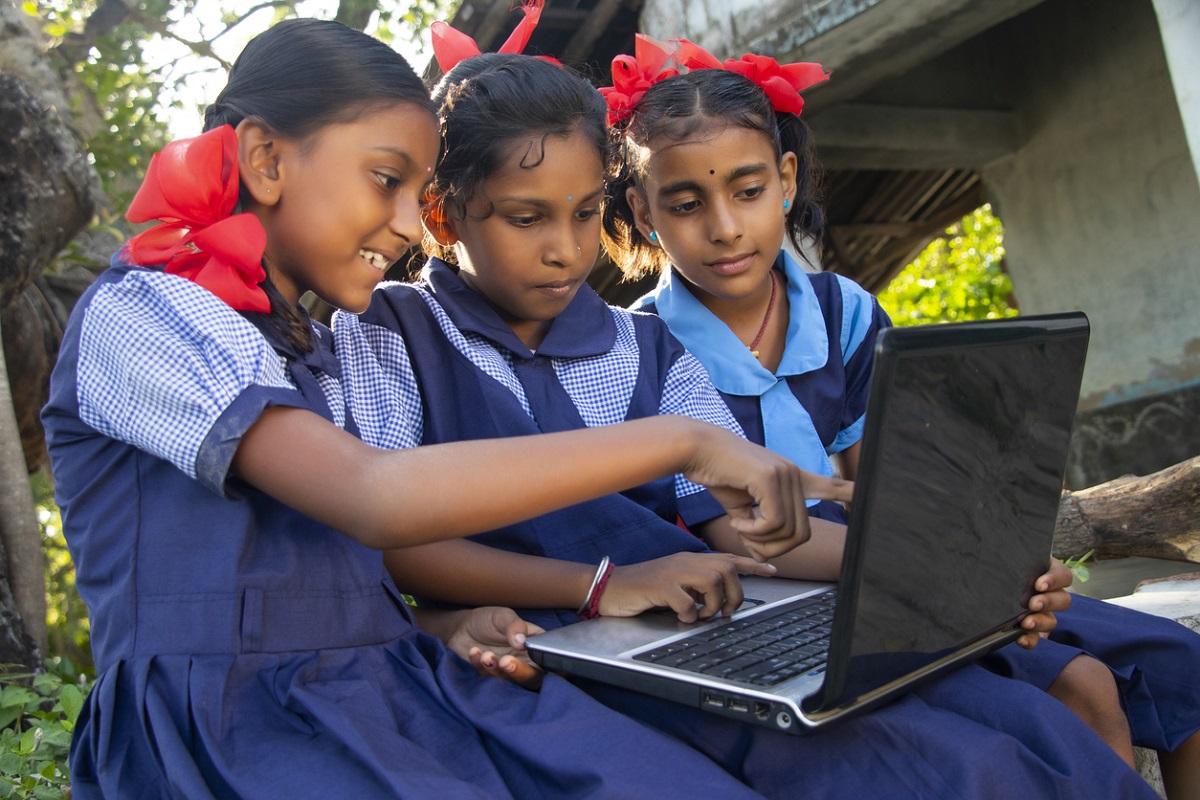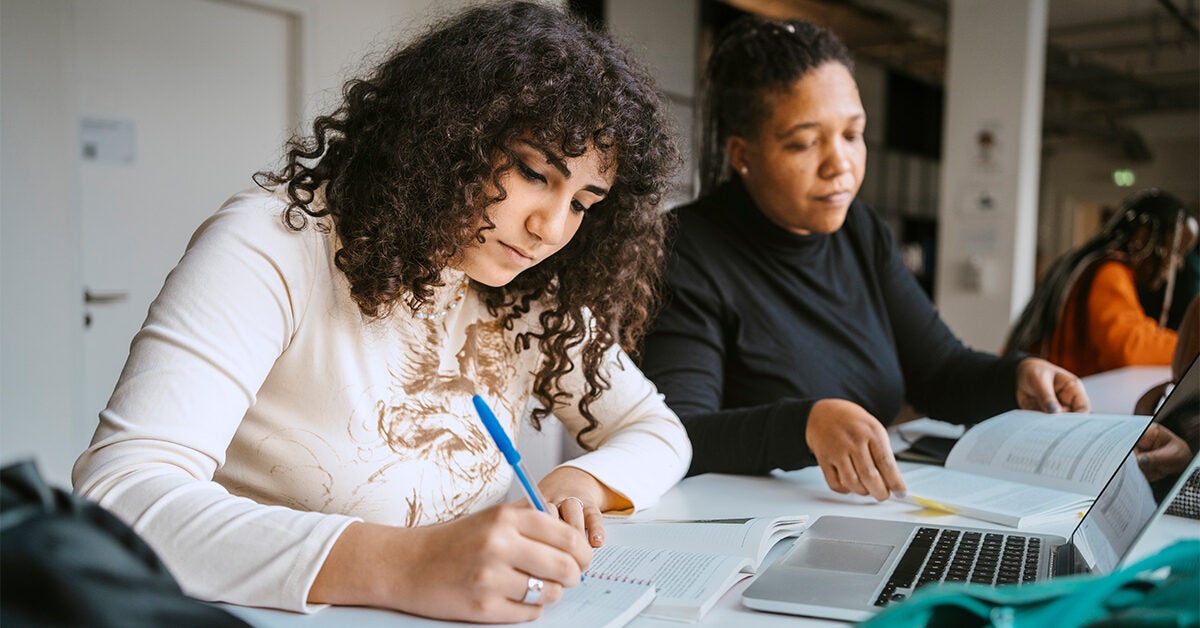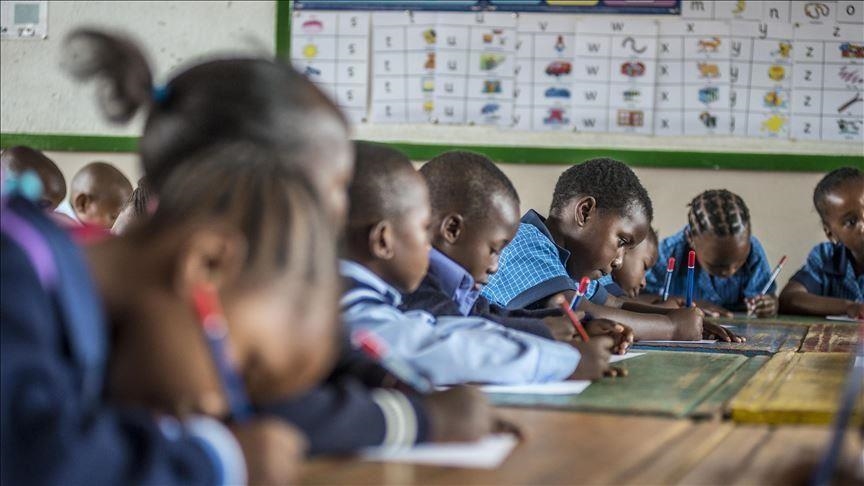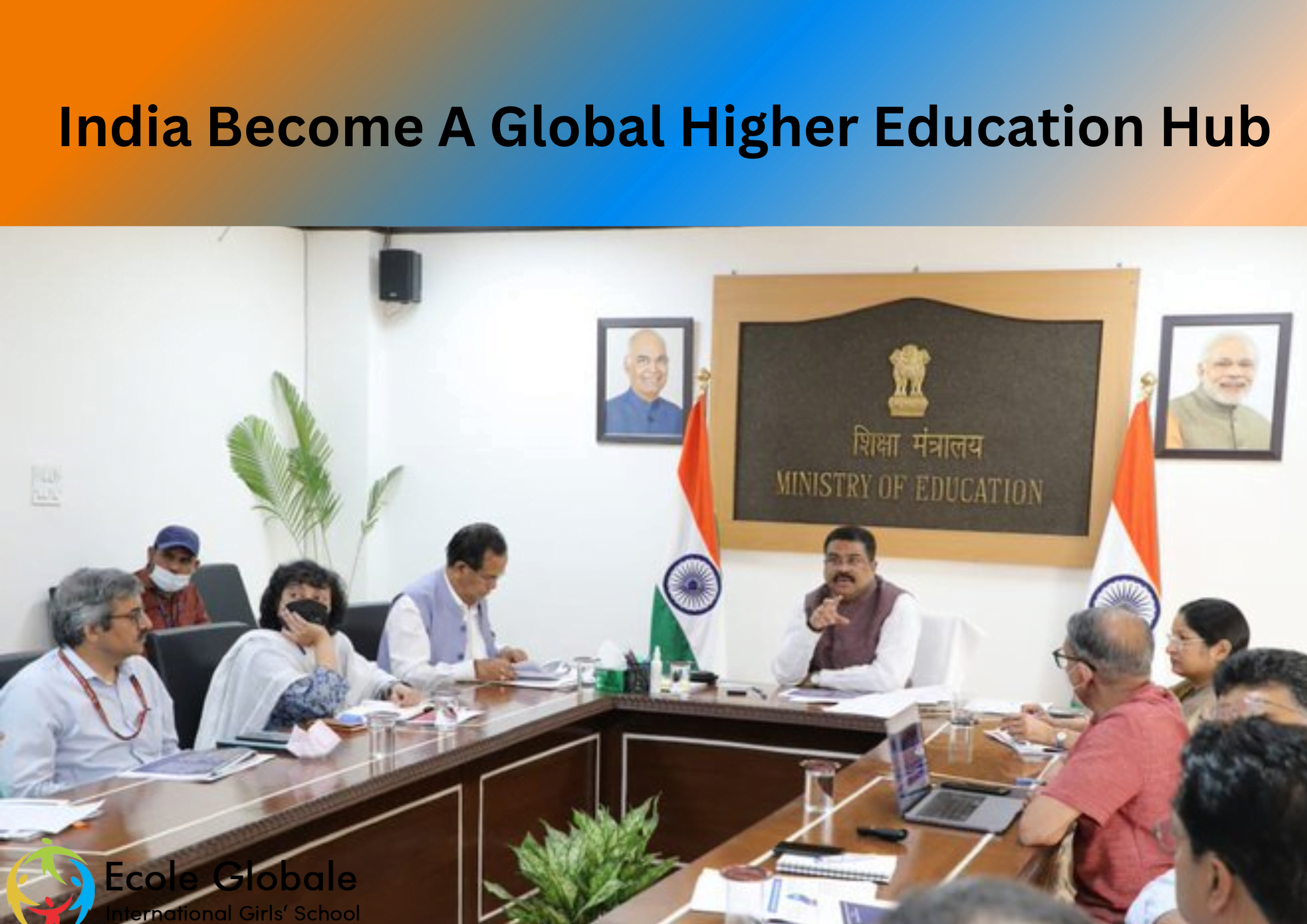Education is one of the most essential elements of a country’s economy. It is one of the key factors that determine how developed a country is.
As per research conducted by Girls Boarding Schools In India, the higher education sector has been growing rapidly in India over the last few years. With a large number of students seeking higher education, the country needs to improve its infrastructure and make it easier for students to access higher education.
One way to improve this would be by increasing investments in research institutes and universities. That will not only attract more students but also help boost their productivity levels after graduation. Another way would be to improve existing students’ facilities by providing them with better accommodation, food options and transport services as well as improving their overall experience at university campuses.
In addition, there should be more focus on creating opportunities for international students who wish to study abroad rather than just focusing on domestic students who want to study within India’s borders.
Also Read : How The 5+3+3+4 Education System Promises To Improve Learning
A Paradigm Shift In Education

As a nation, we are moving towards an education system that is more inclusive and accessible. India has always been known for its rich culture and diversity, which were celebrated by our ancestors. However, there was one thing which was lacking in our education system, and that was inclusion.
The education system in India was not inclusive enough. It did not allow people of different age groups to learn together and participate in activities at their level. That led to a lot of children who were brilliant but were not allowed to showcase their talent due to a lack of opportunities.
The government has taken note of this issue and is working actively towards making our education system more inclusive. They have introduced several new policies and programs which aim at improving access for all children across the country.
Parents are getting more aware of their children’s education and they want to be involved with it. They want to know what their child is learning at school and how well the child is performing academically.
That has led to a change in the way schools are run and managed. The teachers need to adapt themselves to this change and ensure that they are providing an education which is relevant and valuable for their students’ future.
That has also led to a change in the way teachers teach. Instead of just relying on books, they have started using technology and creativity when teaching their students new concepts or ideas. They have started using 3D models and animations which makes it easier for students who struggle with reading text or writing notes down on paper because they can watch videos instead!
That also helps them retain information better because there is more than one way for them to learn something new!
Five-Year Plans Divide The Vision For 2047 Into More Manageable Objectives
The existing higher education system faces several structural and operational difficulties, including low public spending, a lack of student funding, inadequate faculty skill levels, and others.
The paper presents outcome-driven and progress-oriented five-year strategies that include detailed milestones to address these issues and support the National Education Policy, 2020 (NEP 2020).
The second five-year plan, beginning in 2022, aims to expand the research ecosystem in higher education, while the first five-year plan, beginning in 2022, wants to simplify laws and close the skills gap between academics and industry.
By creating student cities, the third five-year plan, starting in 2033, aims to improve student’s access to education.
By encouraging business relationships with institutions and equipping them to offer consultancy and research services, it also seeks to strengthen the emphasis on industry and research in India’s HE system. The fourth five-year plan aims to create an ecosystem focused on students with specific modalities for a range of credentials and an HEI system that is connected to the rest of the world.
The final five-year plan directs India’s objectives to develop into a top-tier international centre for higher learning that offers top-notch instruction to everyone.
With the help of metrics and measures like:
- Gross Enrollment Ratio (GER) targets,
- Employability targets for many graduates,
- Target institutes providing industry consulting services,
- Targets for developing student cities, and
- targets for achieving global rankings,
- these strategic plans aim to accomplish some specific goals.
NEP 2020 intends to enrol 34 million more students in the Indian higher education system by 2035, to obtain a target gross enrollment ratio of 50%.
That necessitates a reform of the existing higher education system, which NEP 2020 seeks to accomplish through six priority areas: student centricity, faculty, research and innovation, governance, equity and inclusion, and digital learning.
The strategy calls for a focus on crucial elements, including creating an equal and inclusive learning environment for all students, cultivating faculty that are capable and motivated, and regulating and governing the HE system.
The need for digital skills has increased, and there is a noticeable supply-demand gap in this area. NEP 2020 places a lot of emphasis on developing digital skills through the HE ecosystem because the need for digital roles is expanding at a CAGR of 19 to 23%.
Both Universities And Colleges Should Provide A Savvy Learning System

In the future, India could become a global hub for higher education. To achieve this, universities and colleges should provide a savvy learning system. That means students should be able to learn how to get the best out of their education by studying the right subjects, taking the right tests, and working hard to get good grades. At the same time, they must also be able to learn how to manage their money wisely, so they don’t run out before they graduate.
In today’s world, higher education has become a key to success. It is the first step towards achieving any goal, and most successful people in the world have gone through higher education. India had a similar scenario until recently when it was ranked low on the list of countries offering quality higher education.
However, things have changed now, and India has managed to climb up the charts. The country has also managed to attract many international students with its affordable fee structure and quality education system. According to a CEOWORLD report, India has one of the top education systems in the world, with a quality index of 59.1.
If India wants to maintain its position as a global higher education hub, it needs to focus on improving both universities and colleges. Both these institutions must provide an effective learning system that will help students get better jobs after graduation.
We Should Set Up Dedicated Academies For Research And Development Purposes

India can become a global higher education hub by setting up dedicated academies for research and development purposes. AI, AR and VR, robotics and many other technologies are likely to change the way we live in future. The level of research required is immense, and India has the potential to become one of the world’s leading research hubs.
This could be achieved by setting up dedicated academies that focus on these areas. The government can partner with technology giants like Amazon, Google, Facebook etc., to set up these academies in different parts of India.
There is a greater need for infrastructure development as well as reform in the pedagogy of higher education in India.
The Existing Higher Education System Faces Difficulties

Several structural and operational difficulties exist, including low public spending, a lack of student funding, inadequate faculty skill levels, and others.
The higher education system in India faces several challenges. In particular, the system is experiencing growing pains as it attempts to accommodate more students.
The existing system was designed to handle a smaller number of students, and many universities are struggling to meet the needs of their current student populations. Universities are facing massive backlogs in maintenance projects and instructional equipment upgrades, which can negatively impact the quality of education for all students.
In addition, there has been an increase in demand for postgraduate degrees at all levels. While this is good news for those who want to pursue advanced studies, it means that many universities are stretched thin trying to meet this need.
Finally, there are issues related to international student enrollment at some institutions. Immigration laws vary from country to country, making it difficult for some students to obtain visas or other necessary documents needed before they can begin their studies abroad.
Conclusion
India’s academic prowess is undeniable, and it will continue to grow as an important centre for higher education in the years to come. But the system needs to be improved to sustain this growth. With enough investment, resources, and innovation, India could become a global hub for higher education.
For any queries related to parenting, schooling, or any student-related tips, click here to check out our latest blogs






